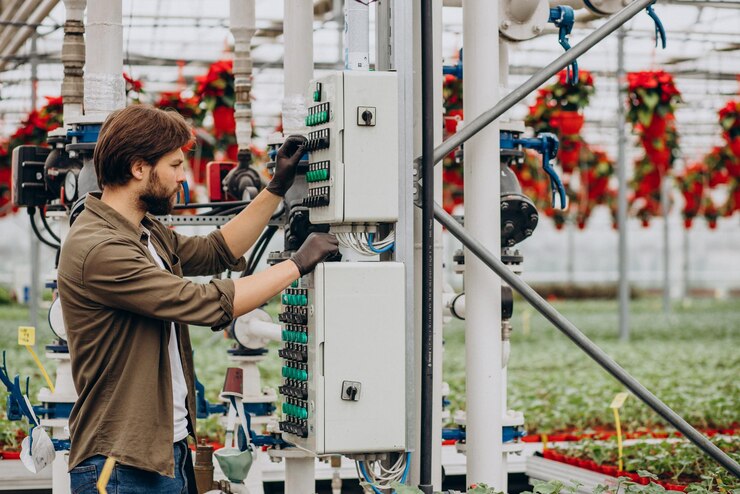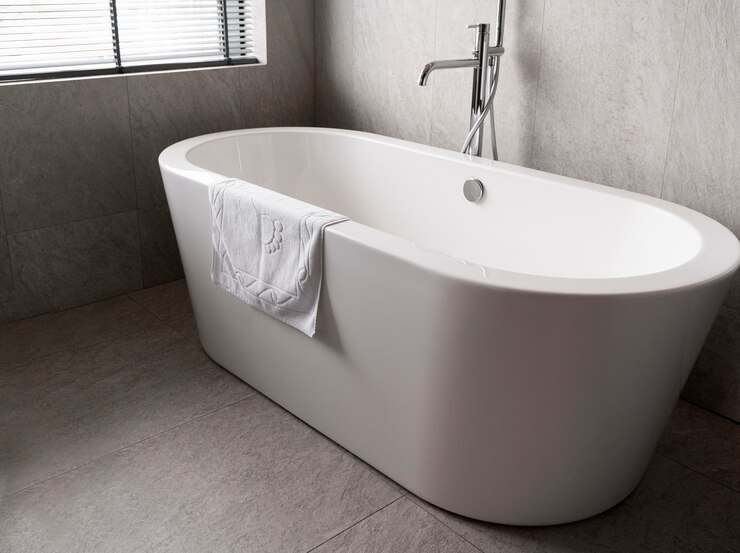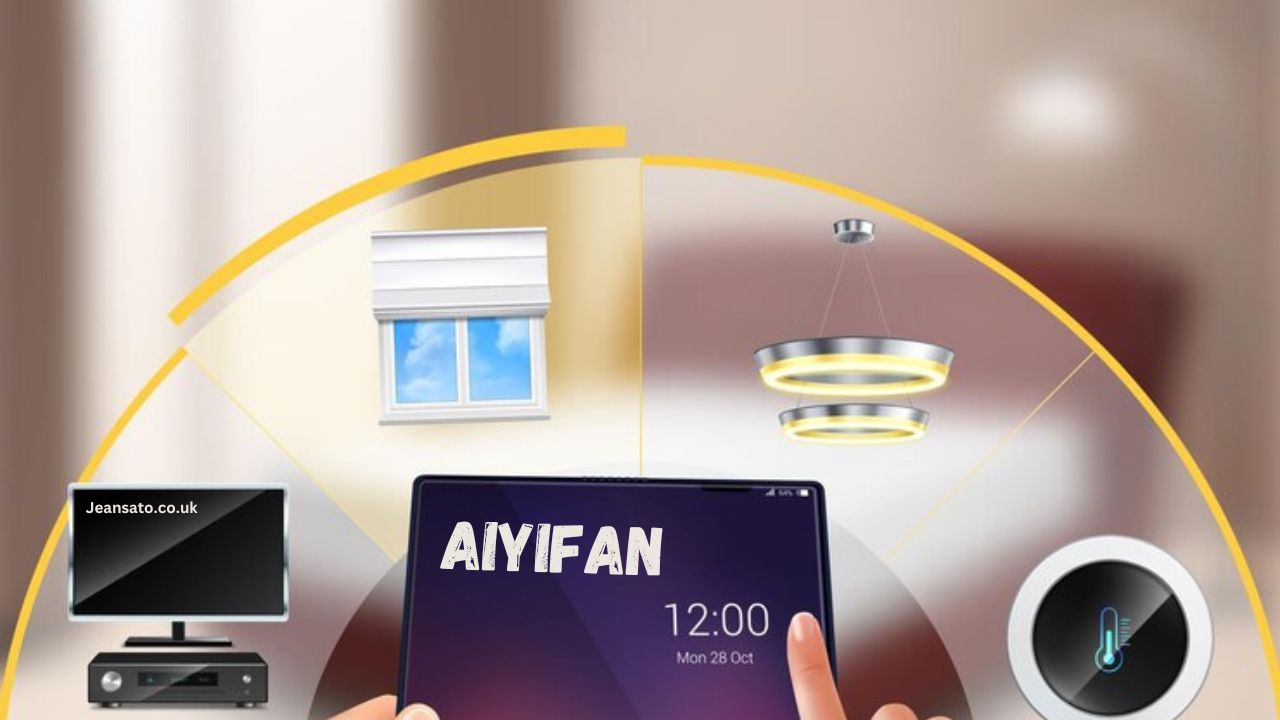Would you like to use cutting-edge technology to transform your next building project? You only need to look at XCV Panels! Offering many advantages and uses, these cutting-edge building materials are sweeping the market. We will go into all you need to know about XCV Panels in this blog post, including their benefits and frequently held misconceptions. Prepare to see how XCV Panels may transform your next projects!
How Do XCV Panels Work?
Modern solar radiation optimization technology drives XCV panels. When sunlight hits their surface, the photovoltaic cells in these panels generate direct current (DC) power. This procedure is brought about by the electric current that is produced when the semiconductor materials in the cells absorb photons and release electrons.
After passing through an inverter, the DC electricity generated by the XCV panels is transformed into AC electricity, which may be used to power buildings and commercial spaces. You have the option to use this AC electricity right away or store it in batteries for later use. The system as a whole is made to effectively harness solar energy and use it as a sustainable power source.
People can make wise choices about integrating this environmentally beneficial technology into their daily lives or projects by being aware of how XCV panels operate.
Advantages of Using XCV Panels
Because of their many advantages, XCV Panels are a popular option for a variety of projects. One benefit is that they are incredibly durable, offering enduring function even in inclement weather. These panels are also easy to install and carry because they are robust but lightweight.
The energy efficiency of XCV Panels is another important advantage. Through efficient insulation, they considerably lower the cost of heating and cooling buildings. Furthermore, these panels are adaptable to meet particular design specifications, providing versatility in terms of both appearance and utility.
XCV Panels are also recyclable and emit less carbon than traditional building materials. Their versatility enables their application in a range of contexts, including as industrial, commercial, and residential buildings.
Using XCV Panels has benefits that go beyond their practicality; they improve any project’s overall quality and efficiency and support sustainable construction methods.
Applications and Uses of XCV Panels
XCV Panels are multifunctional building materials. These panels find common applications in the building industry, where they are used for insulation, walls, and roofing. XCV Panels find extensive application in the manufacturing sector for building enclosures and partitions because of their strength and lightweight.
XCV Panels find application in the agricultural sector for building animal shelters, poultry houses, and greenhouses. Because they resist weathering, they are ideal for outdoor applications that require protection from bad weather, such as snow or rain.
XCV Panels are an excellent choice for many companies seeking reasonably priced, long-lasting building solutions because of their flexibility.
Choosing the Right XCV Panel for Your Needs
There are several important things to take into account while selecting the best XCV panel for your requirements. Consider the particular needs that your project requires.
After that, consider the panels’ proportions and size. Verify that they blend in perfectly with the area you have available. If they support your objectives, take into account any unique properties like fire resistance or environmentally friendly materials.
Don’t forget about aesthetics either. Select an XCV panel that blends in with the overall colour scheme of your project as they are available in a range of finishes and colours. When choosing a product, take into account the manufacturer’s standing and dependability; longevity of performance is dependent on quality.
Common Misconceptions about XCV Panels
XCV panels are sometimes misunderstood to be limited to large-scale industrial installations. As XCV panels really exist in a range of sizes and configurations, they are adaptable for use in both residential and commercial settings.
An second fallacy is that installing XCV panels is challenging. Still, installing XCV panels has gotten easier and more user-friendly with technology improvements. For smooth installation, a lot of manufacturers offer simple instructions.
Certain people could think that XCV panels are ugly. Conversely, the clean and contemporary style of these panels can improve the overall appearance of any area. Customizable choices let you select a panel that goes well with your décor and style.
An other misconception is that XCV panels need a lot of upkeep. Actually, over their lifetime, solar panels need very little care because they are made to be robust.
To properly appreciate the advantages and possibilities of XCV panels for different projects, certain myths about them must be busted.
Conclusion:
XCV Panels offer a myriad of benefits that make them an excellent choice for various projects. From their energy efficiency and sustainability to their versatility in applications, XCV Panels prove to be a valuable investment. By understanding how these panels work, the advantages they bring, and the diverse uses they have, you can make an informed decision when choosing the right XCV Panel for your needs.











